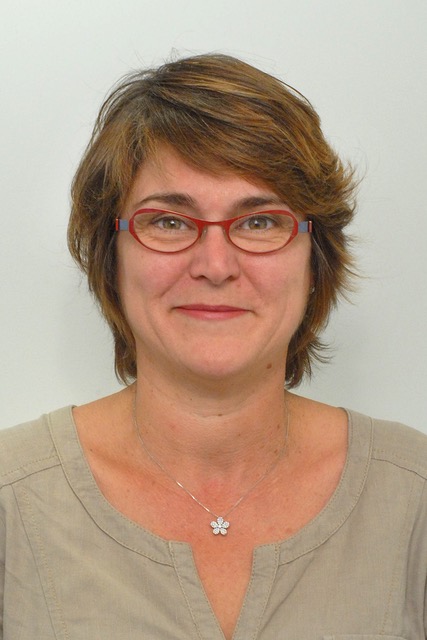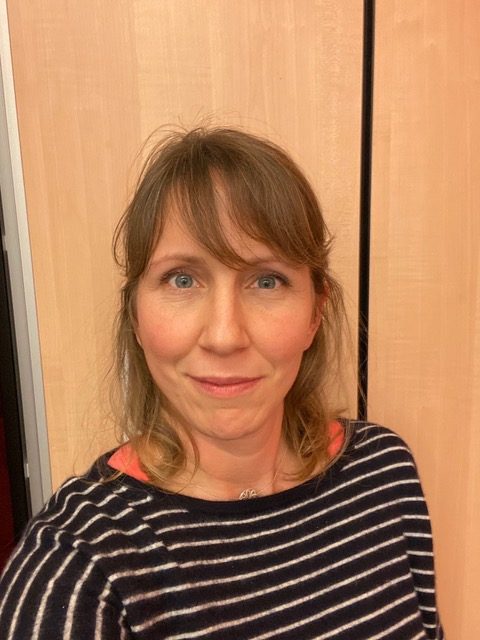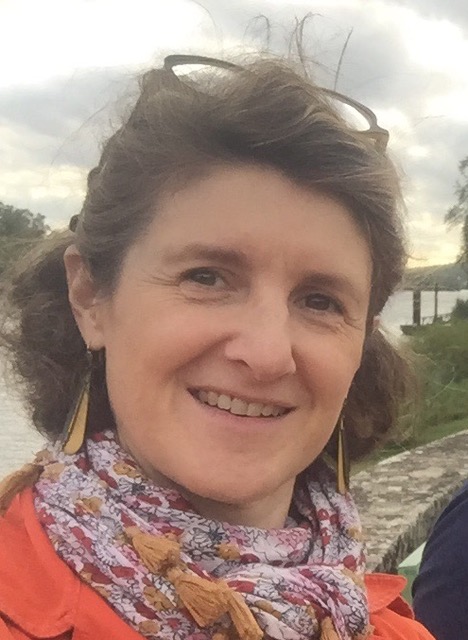Summary :
Type 1 spinal muscular atrophy (formerly known as Werdnig-Hoffmann disease) is a neuromuscular disease in which life expectancy is very limited if no therapy is initiated. It leads to motor and respiratory impairment in children while cognitive and psycho-affective development is preserved. At the Necker-Enfants malades hospital's Quality labelled Centre on neuromuscular diseases occupational therapists intervene as soon as the diagnosis is announced to accompany the child, her or his family and entourage. Schematically, there are four main phases: the first meeting, monthly follow-up consultations, hospitalization and the terminal phase of the disease. These different stages may overlap and/or be spread out over 4 to 12 months. The main occupational therapy objectives are the positioning of the baby and the installation of her/his environment while respecting the family's lifestyle and wishes. Positioning advice is given for all daily activities (carrying, sleeping, eating, washing, playing, walking...) and is re-evaluated at each appointment according to the motor, respiratory and oral-pharyngeal problems. The reactivity of the team is essential. For optimal care, an interprofessional approach is recommended (physician, psychologist, physiotherapist, mobile palliative care team, home care team, etc.).
Cet article est payant !
Je suis abonné, je m’identifie ci-dessous.
Je ne suis pas abonné, j’achète ici
Article rédigé par :
-

Virginie Leloup-Germa
Ergothérapeute DE
virginie.germa@aphp.frCentre labellisé des maladies neuromusculaires
Hôpital Necker – Enfants malades
Paris
-

Élodie Deladrière
Ergothérapeute DE
elodie.deladriere@aphp.frCentre labellisé des maladies neuromusculaires
Hôpital Necker – Enfants malades
Paris
-

Christine Barnérias
Neuropédiatre
Centre labellisé des maladies neuromusculaires
Hôpital Necker – Enfants malades
Paris

